European pear varieties in low chill area?
bluerose4
11 years ago
Featured Answer
Sort by:Oldest
Comments (11)
Noogy
11 years agosteve_in_los_osos
11 years agoRelated Professionals
Jennings Landscape Architects & Landscape Designers · McKinney Landscape Contractors · Springfield Landscape Contractors · Blue Springs Landscape Contractors · Brockton Landscape Contractors · Cedar Hill Landscape Contractors · Commack Landscape Contractors · Elmhurst Landscape Contractors · Firestone Landscape Contractors · Merced Landscape Contractors · Mount Sinai Landscape Contractors · Painesville Landscape Contractors · Plainview Landscape Contractors · Ronkonkoma Landscape Contractors · Tigard Landscape Contractorshoosierquilt USDA 10A Sunset 23 Vista CA
11 years agobluerose4
11 years agosautesmom Sacramento
11 years agobob_z6
11 years agohoosierquilt USDA 10A Sunset 23 Vista CA
11 years agoparker25mv
8 years agolast modified: 8 years agoparker25mv
7 years agosocalnolympia
5 years agolast modified: 5 years ago
Related Stories

EDIBLE GARDENSHow to Grow Your Own European and Asian Pears
Try these trees for their good looks, delicious fruit and wide range of sizes — plus you can espalier them
Full Story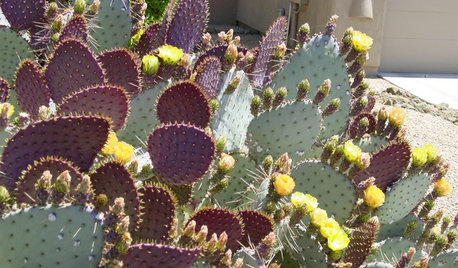
GARDENING GUIDESGreat Design Plant: Santa Rita Prickly Pear for Purple Appeal
Distinctive colored pads and yellow flowers make this cactus a favorite in Southwestern gardens
Full Story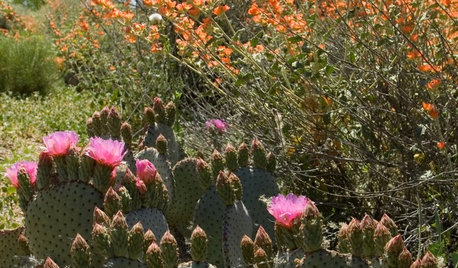
GARDENING GUIDESGreat Design Plant: Beavertail Prickly Pear Wows With Color
The dazzling magenta flowers of this cactus will snag your heart — just beware the bristles that can stick in your skin
Full Story
ENTERTAININGBeat Winter's Chill With an Indoor Picnic
Build warm memories with loved ones by bringing lighthearted outdoor dining to your living room
Full Story
LANDSCAPE DESIGN7 Low-Maintenance Lawn Alternatives
Turf isn't the only ground cover in town. Get a lush no-grass lawn with clover, moss and other easy-care plants
Full Story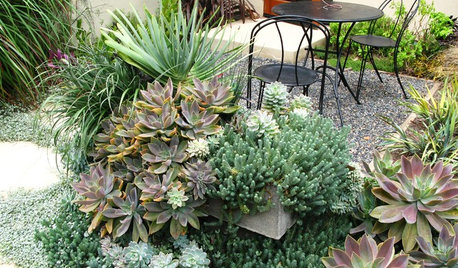
SUCCULENTSAmazingly Low-Maintenance Picks for Outdoor Planters
Turn to succulents, cacti and ornamental grasses to keep your summer watering and care to a minimum
Full Story
EDIBLE GARDENSWhy Grow Quince? For Beauty, Fragrance and Old-Time Flavor
Delightfully perfumed fruit and lovely spring blossoms make this apple and pear cousin worth a spot in the garden
Full Story
FRUIT TREESHow to Grow Your Own Juicy Plums
Easier than other stone fruits and with a variety of colors to choose from, plums are a versatile garden addition
Full Story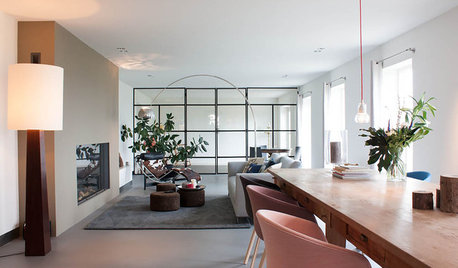
HOUZZ TOURSMy Houzz: Turning a Netherlands Barn Into a Country Home
Once a place for chilling milk, this Dutch home now lets the owners chill out in easygoing comfort
Full Story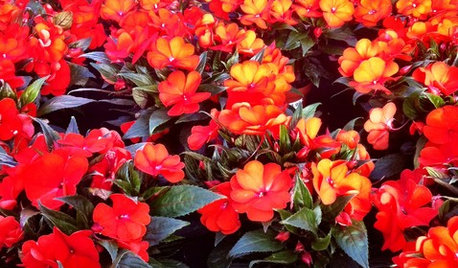
GARDENING GUIDESBright Plants for Flower Beds That Wow
From new annual and perennial varieties to grasses, get dramatic with swaths of color
Full StoryMore Discussions









socalnolympia